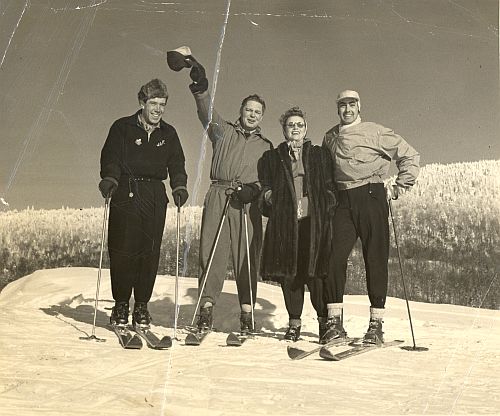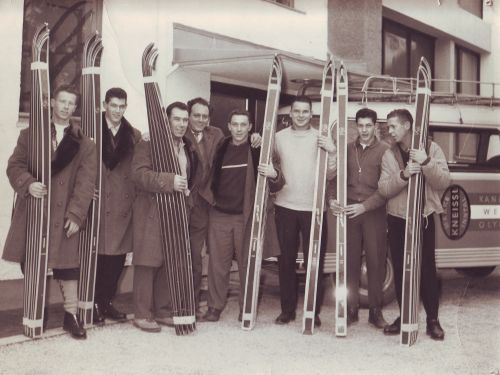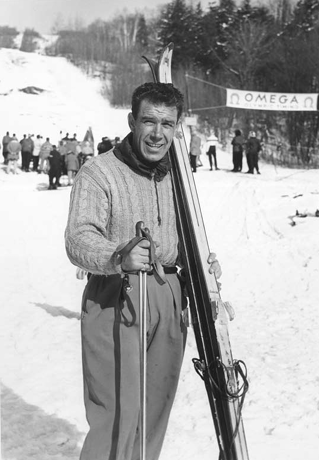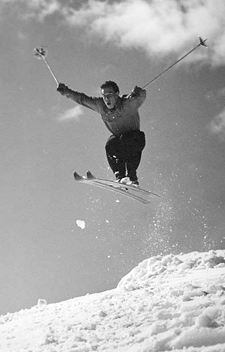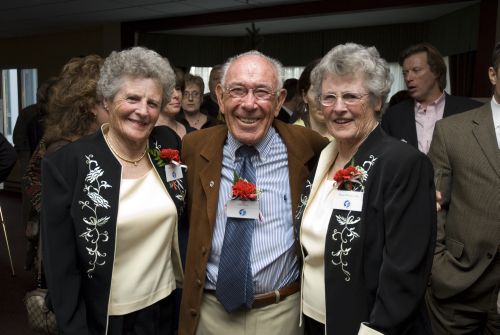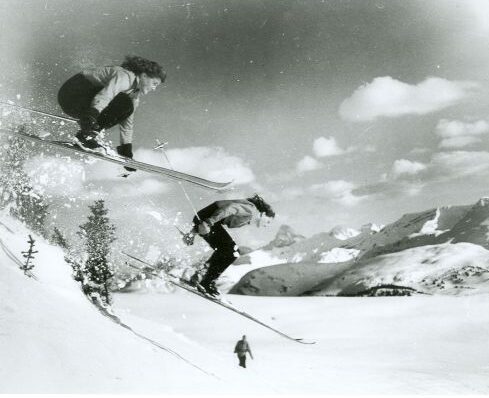Young Johnny was on a roll
He was a wunderkind—a daring, strapping 17-year-old Canadian kid who, in 1938, handily won the Journal Trophy at the Gatineau Ski Zone Championships, only to be forced to give it back due to ineligibility: he was too young.
John “Johnny” Fripp, born and raised in Ottawa, ON, was barred from competing in the Dominion Championships that same year for the same reason: age. And so he took himself off to Lake Placid, NY, to test his skills against the Americans at the Eastern Olympic try-outs. It went well. He finished third in both Downhill and Slalom, beaten by the fabled Dick Durrance.
Fripp went on to score a slew of firsts in an impressive number of influential races, including the Quebec Kandahar.
The following vignettes are part of an article entitled, “Canada’s John Fripp,” authored by ski writer Lori Knowles, as part of the Canadian Ski History Writers Project, funded by the Chawkers Foundation of Canada through a grant to the Canadian Ski Museum. To read the original story please see HERE.
